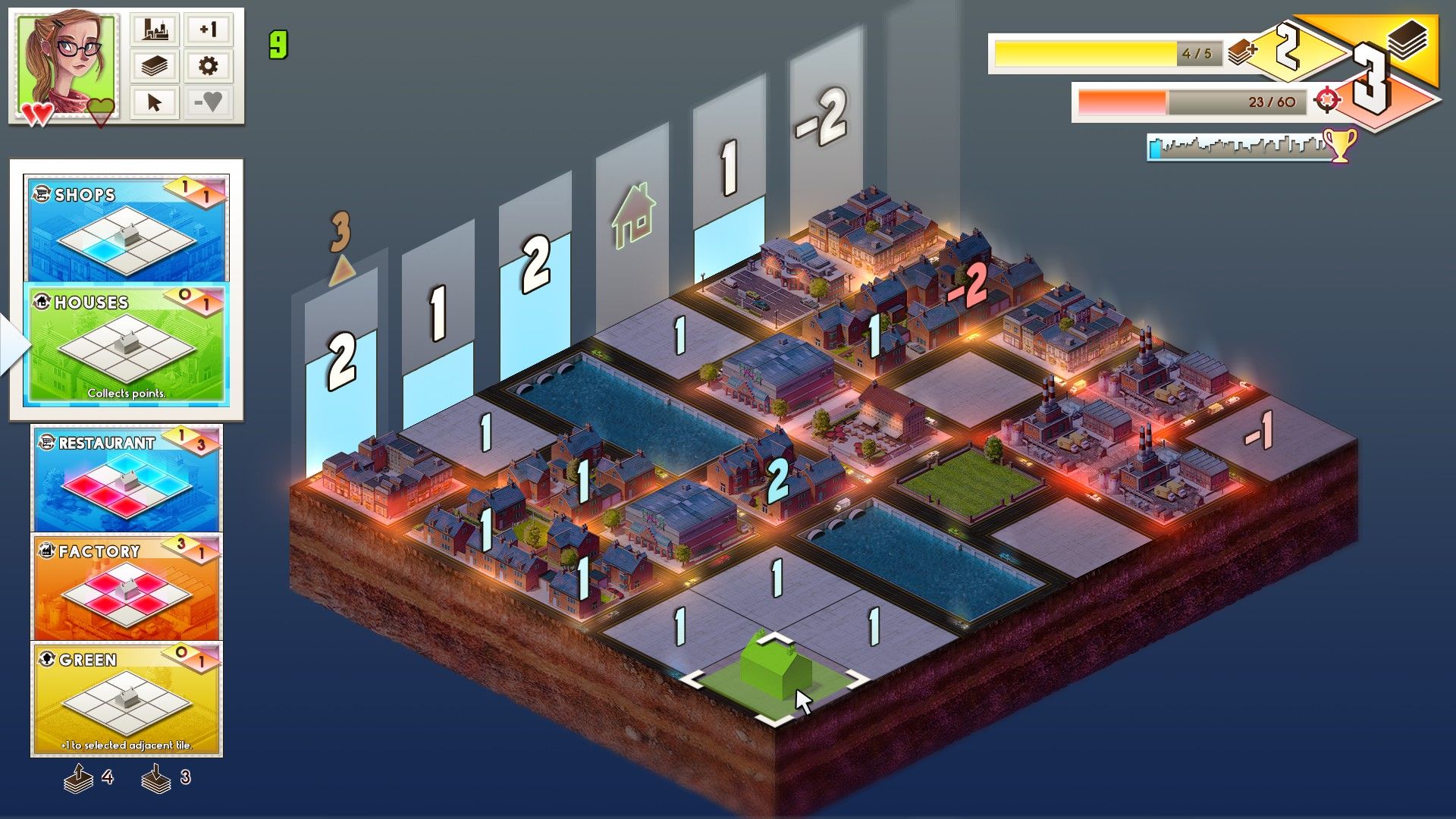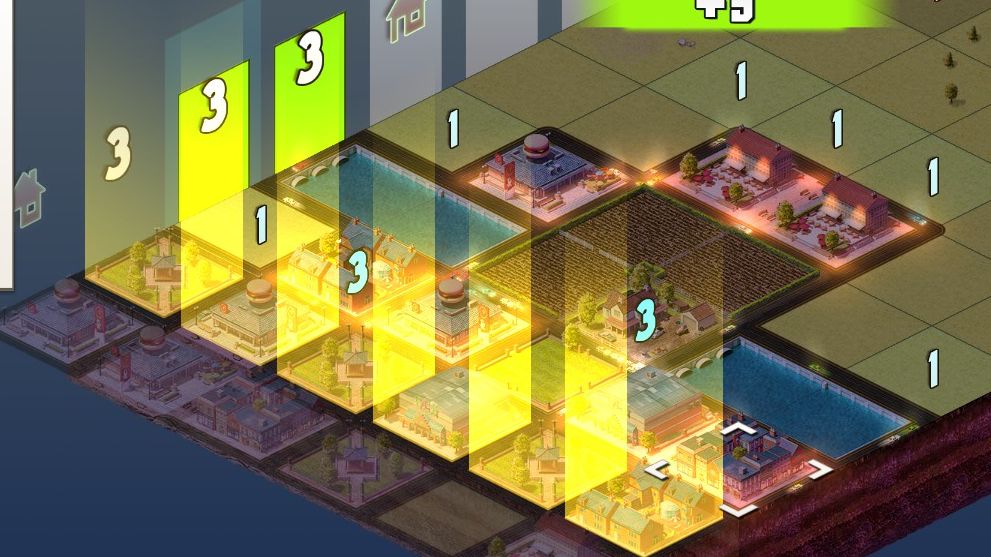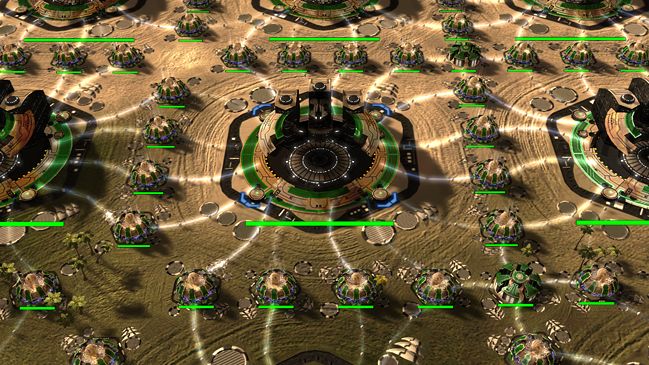Why I love adjacency bonuses
The compulsive pleasure of perfect building placement.

In Why I Love, PC Gamer writers pick an aspect of PC gaming that they love and write about why it's brilliant. This week, Tom stands next to Tom to create a pair of slightly-improved Toms.
Sometimes in games you have the chance to put things next to other things in a way that makes both things better. These are the best games. You can do it in XCOM to produce more energy or magic science points. In Supreme Commander you can surround a factory with little energy plants and improve its efficiency—you even see little glowing energy lines tying everything together. In Total War you're encouraged to keep your rectangular units inside the commander's circle of calm.
It's a minor but deeply satisfying mechanic. It seems to tickle the part of my brain that enjoys seeing my flat in order after a tidying session, but my chairs don't confer bonuses to my table, and my microwave does not improve the toast my toaster makes. Life would be better if it did, so I must go to videogames for my fix. I crave only the chance to put things next to other things in powerful synergistic ways.
Today's episode of Adjacency Bonuses I Have Loved is brought to you by Concrete Jungle. It's a gorgeous, beautifully designed puzzle game about arranging housing districts on a grid to generate points. Most of the buildings you place buff or de-buff a pattern of surrounding squares, which makes this a game about optimal adjacency bonus management.

It has consumed me completely, of course. When I put shops next to houses, it makes the houses happy. If I put a power plant next to a school, the school is sad. If I create an interlocking patterns that generate a enough amount of cheer, rows of buildings vanish in a flash of yellow light, and I get points.
Concrete Jungle marries a bunch of elements that could independently become Why I Love subjects. The Tetris effect is one of them. When you complete a row the board sidesteps to reveal a fresh row—more space to tidy up and optimise. The setup appeals to the brain's deeply encoded admiration for order. Row after row, everything in its right place.
Beyond the simple pleasure of placing things well, adjacency bonuses create the tantilising prospect of the perfect layout, which is often sought in extreme ways by SimCity power players. Their efforts are a testament to the powerful human compulsion to create complete patterns of rows and blocks—a pleasure applies to Tetris as much as it does to SimCity, Factorio, Supreme Commander, Theme Hospital and any game that lets you manipulate shapes. To understand this pleasure, look no further than the perfectly constructed SupCom base pictured below, from the SupCom wiki. Mmmm, delicious glowy synergy.

The biggest gaming news, reviews and hardware deals
Keep up to date with the most important stories and the best deals, as picked by the PC Gamer team.
Part of the UK team, Tom was with PC Gamer at the very beginning of the website's launch—first as a news writer, and then as online editor until his departure in 2020. His specialties are strategy games, action RPGs, hack ‘n slash games, digital card games… basically anything that he can fit on a hard drive. His final boss form is Deckard Cain.


